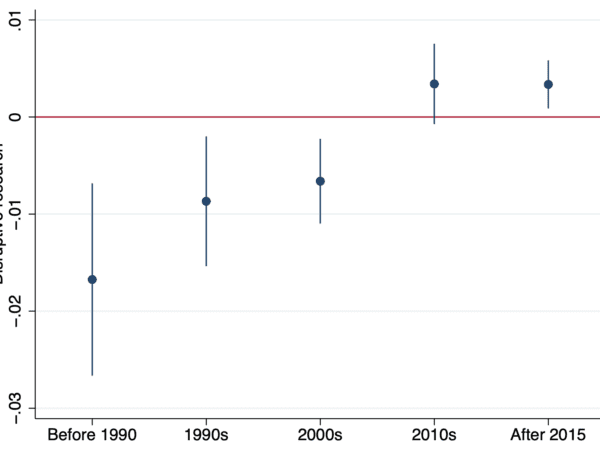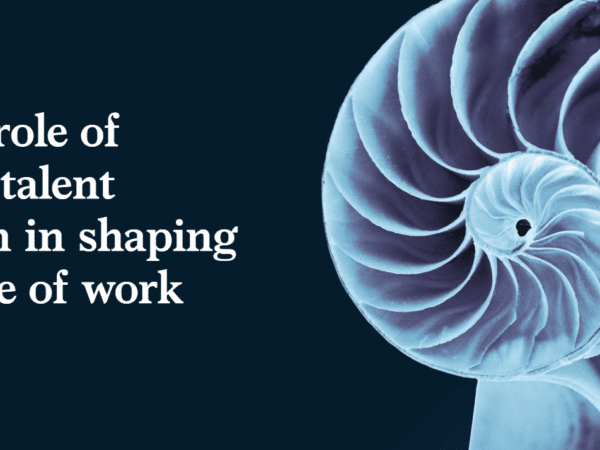MIT Sloan Management Review: The Future of Work is through Workforce Ecosystems
Workforce ecosystems can help leaders better manage changes driven by technological, social, and economic forces.
Effectively managing a workforce comprising internal and external players in a way that is both aligned with an organization’s strategic goals and consistent with its values is now a critical business necessity. However, legacy management practices remain organized around an increasingly outdated employee-focused view of the workforce — that it consists of a group of hired employees performing work along linear career paths to create value for their organization.
We contend that the best way to conceptualize and address these shifts and related practices is through the lens of workforce ecosystems. We define workforce ecosystem as a structure that consists of interdependent actors, from within the organization and beyond, working to pursue both individual and collective goals.
Managing a workforce ecosystem goes beyond efforts to unify the dissimilar management practices currently organized around employees and non-employees. It’s a new approach to a new problem that demands a fresh solution. Our view draws upon two years of research that includes two global executive surveys and interviews with leaders and academic experts. This brief article introduces the concept of workforce ecosystems and discusses how they can help managers rethink the way they align their business and workforce strategies.
Read the entire article here.
Authors: Elizabeth J. Altman, David Kiron, Jeff Schwartz, and Robin Jones.



